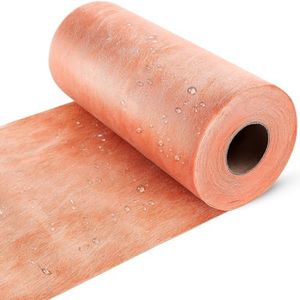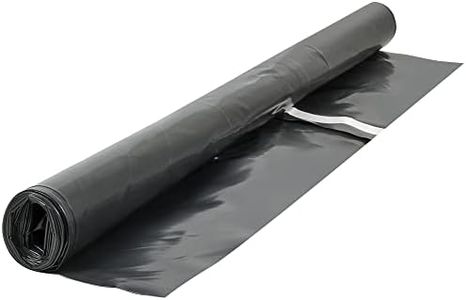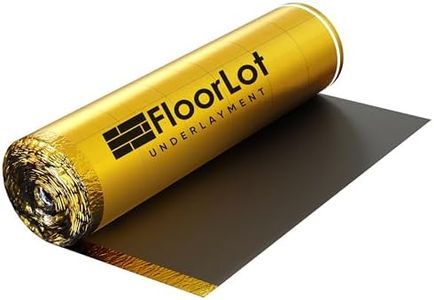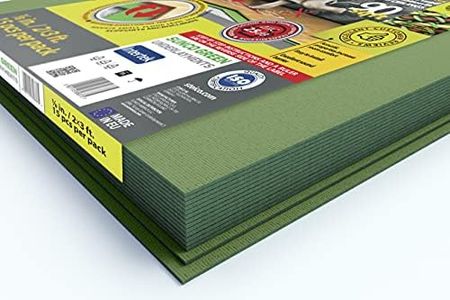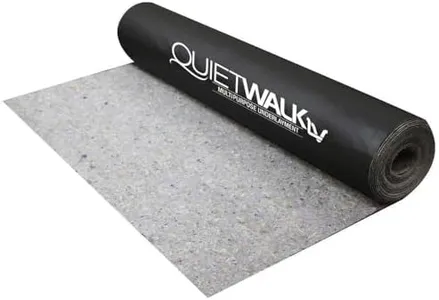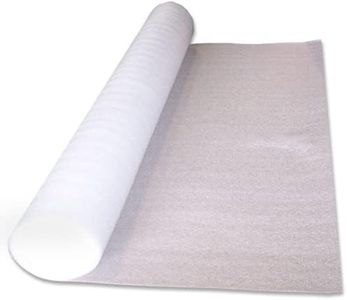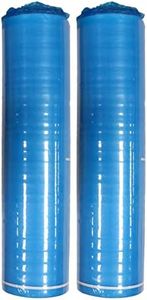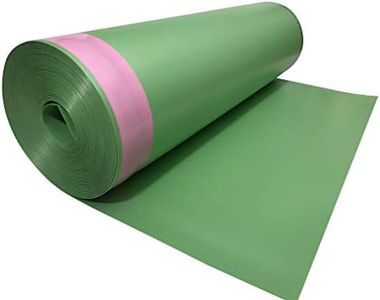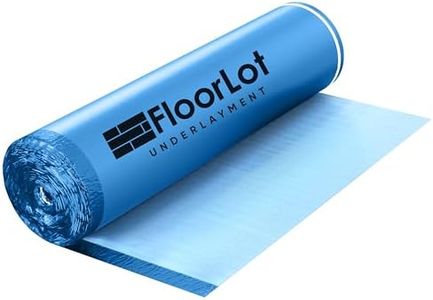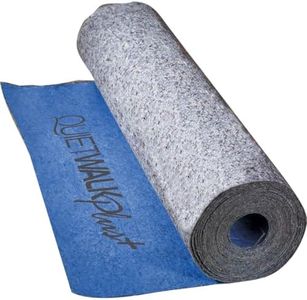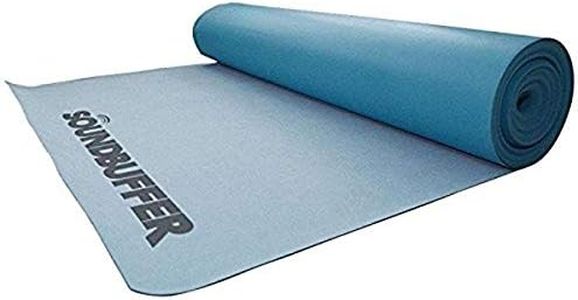We Use CookiesWe use cookies to enhance the security, performance,
functionality and for analytical and promotional activities. By continuing to browse this site you
are agreeing to our privacy policy
10 Best Underlayment For Laminate Flooring On Concrete
From leading brands and best sellers available on the web.Buying Guide for the Best Underlayment For Laminate Flooring On Concrete
Choosing the right underlayment for laminate flooring over concrete is crucial. Underlayment acts as a cushion between the flooring and the subfloor, helping to address issues like moisture, sound, and comfort. To pick the best option for your needs, you should understand what features matter most depending on your room's conditions and your personal preferences. It's important to consider things like moisture protection, sound insulation, thickness, and compatibility with heating systems, so your new floor performs well and lasts longer.Moisture BarrierA moisture barrier is a special layer in the underlayment that blocks water vapor from the concrete, preventing it from rising up and damaging your laminate flooring. This is especially important because concrete naturally releases moisture which can cause swelling or warping in laminate planks. Some underlayments come with a built-in moisture barrier, which is great for most concrete installations. If you're working in a basement or any area prone to dampness, always choose an underlayment with a strong moisture barrier. For rooms that stay dry, a basic level of protection might be enough.
Sound Insulation (Sound Rating)Sound insulation is how well the underlayment reduces noise from footsteps and movement. This is helpful if you want a quieter room or if the floor is above another living space. Underlayments are often rated with sound numbers (like IIC or STC). Higher numbers mean better sound absorption. For apartments or upper floors, select an underlayment with higher sound ratings. For ground floors where noise is less of an issue, standard sound protection might be sufficient.
ThicknessThickness refers to how thick the underlayment layer is. The most common range is between 2mm and 6mm. A thicker underlayment offers more cushioning and can help hide minor imperfections in the concrete, but if it's too thick, it can cause problems with the locking system of the laminate planks. For most installations, a 2mm or 3mm underlayment works well, providing both comfort and support. If your concrete is rough, look for a slightly thicker underlayment, but avoid going over about 6mm.
Thermal Insulation (R-value)Thermal insulation, also known as R-value, measures how well the underlayment keeps heat from escaping through the floor. This is a useful feature if you want to keep the room warmer, especially over cold concrete. Higher R-values mean better insulation. If you’re installing laminate in a basement or a cold room, pick an underlayment with a higher R-value. In rooms that stay warm, a basic layer may be enough.
Compatibility with Radiant Floor HeatingIf you plan to use radiant (in-floor) heating, not all underlayments are suitable. Some underlayments can block heat or be damaged by the warming system. If you have or will install radiant heating, make sure to choose an underlayment labeled as compatible with your type of floor heating. This ensures safety and efficient heat transfer.
Compression StrengthCompression strength describes how well the underlayment holds up under the weight of furniture and foot traffic without flattening over time. A higher compression strength means your floor will stay comfortable and stable, and the joints in your laminate won’t open up. For areas with heavy furniture or lots of use, choose an underlayment with strong compression resistance. For lighter use rooms, a basic level should work fine.
